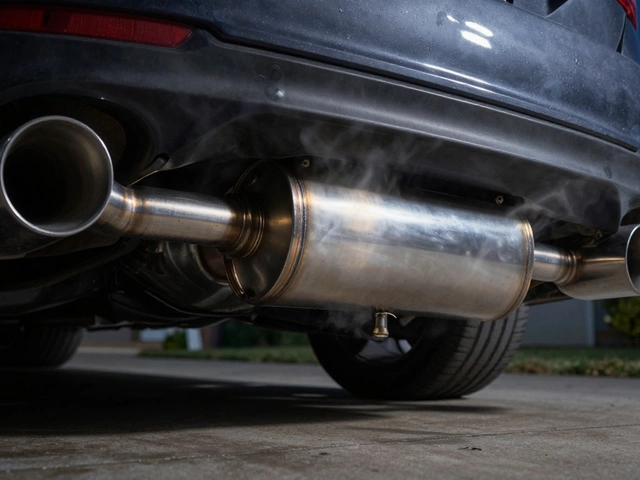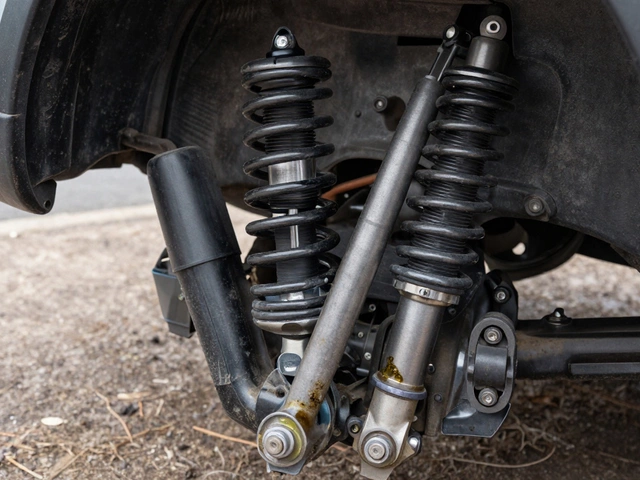Exhaust Size Comparison: What Diameter Works for Your Car?
When you’re thinking about upgrading your car’s exhaust size, the diameter of the exhaust pipe that determines how well your engine breathes and how loud it sounds. Also known as exhaust pipe diameter, it’s not just about making noise—it directly affects horsepower, fuel efficiency, and even legal compliance on UK roads. Too small, and your engine struggles to expel gases. Too big, and you lose low-end torque, making daily driving sluggish. Many people assume bigger is always better, but that’s not how it works. A 300 hp engine needs a different pipe size than a 150 hp hatchback, and using the wrong one can hurt performance instead of helping it.
Exhaust pipe diameter, measured in inches or millimeters, is tied to engine displacement, RPM range, and whether you’ve made other modifications like a turbo or cold air intake. For most stock cars under 200 hp, a 2.25-inch to 2.5-inch system is ideal. Once you hit 250–300 hp, you often need 2.75 inches or even 3 inches to avoid backpressure. But if you’ve got a naturally aspirated 4-cylinder with mild mods, going past 2.5 inches might just make your car sound like a lawnmower without adding power. Performance exhaust, a system designed to improve airflow and reduce restrictions. Also known as cat-back exhaust, it’s not just the pipe—it includes the muffler, resonator, and tips. All of these parts work together, and changing one without considering the others can mess up the balance. And don’t forget exhaust noise regulations, UK laws that limit how loud your car can be on public roads. Even if your 3-inch system boosts power, you could get fined or fail your MOT if it’s too loud. Many enthusiasts learn this the hard way after installing a free-flow system that sounds amazing on the track but gets flagged at the garage.
What you’ll find in the posts below are real examples from drivers who’ve tried different exhaust sizes, what actually changed in their car’s behavior, and how to pick the right one without guessing. You’ll see comparisons between 2.5-inch and 3-inch systems on the same car, how material choice (stainless vs. aluminized) affects durability, and why a cat-back setup isn’t always the best first step. Whether you’re chasing a deeper tone, more power, or just want to avoid a costly mistake, these guides give you the facts—not marketing hype.





